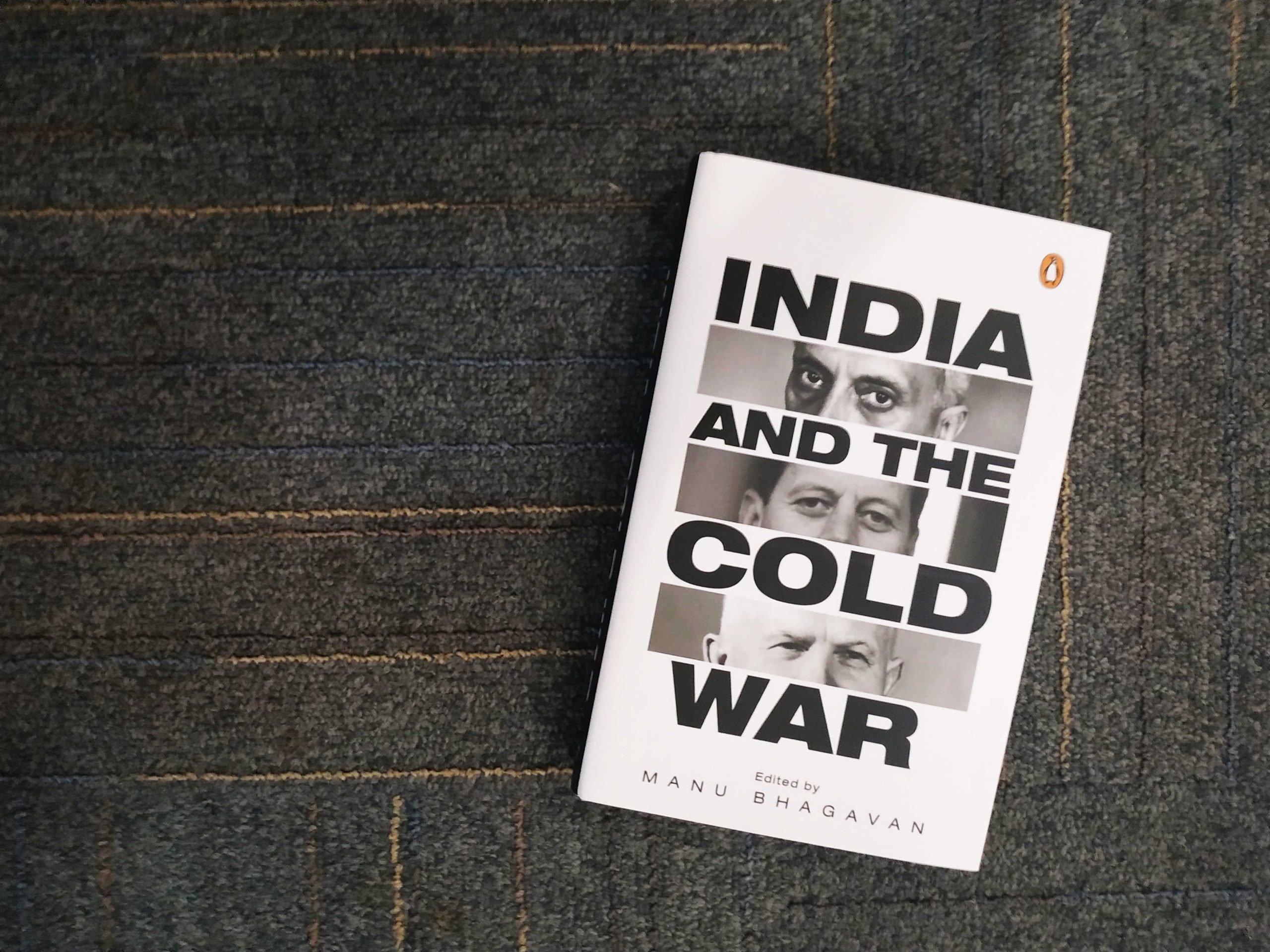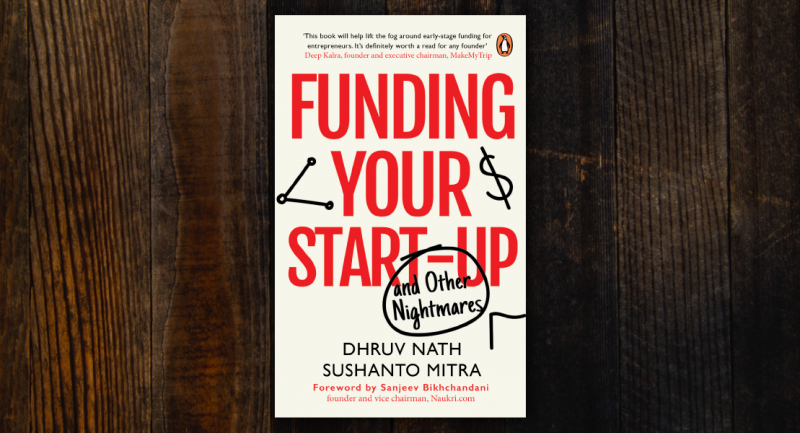
Frédéric Grare is a senior associate in the Carnegie Endowment’s South Asia Program. His book ‘India Turns East’ tells the story of India’s long and difficult journey to reclaim its status in a rapidly changing Asian environment increasingly shaped by the US–China rivalry and the uncertainties of US commitment to Asia’s security.
Here’s an excerpt from the book.
India’s Look East policy cannot be entirely explained by China’s rise and India’s desire to counter it. Yet ongoing bilateral disputes and mistrust between Beijing and New Delhi, coupled with China’s growing economic, political, and military role in Asia and beyond, have been important motivators behind India’s engagement with the region. India’s rich and evolving ties with countries in Southeast and East Asia have been partly but increasingly molded by China’s rise.
The relationship between India and China is complex. It includes territorial and border disputes and elements of rivalry for political dominance in Asia, but also strong economic incentives for cooperation. Many (if not most) components of the India-China relationship are of a strictly bilateral nature. Yet these bilateral issues also affect India’s larger regional policy. It is therefore necessary to analyze the various determinants of the relationship between Beijing and New Delhi and the ways in which India’s relationship with China has shaped its interactions with the broader regional community. The Look East policy is consequently an attempt not only to balance and deter, but also, and perhaps more importantly, to engage China at the same time. India seeks to create a virtuous cycle, by which engagement with Asia will not only mitigate the consequences of the capacity gap between India and China but will also, over time, provide India with the economic, military, and political resources necessary to alter the Asian power structure in its favour.
This chapter does not intend to recall the combined histories of China and India since time immemorial or even since independence. Nor does it aim at establishing a narrow correlation between India’s diplomacy vis-a-vis China and the development of the Look East policy. Instead, it identifies key characteristics of the evolution of the relationship and analyzes the various dynamics at play between the two countries since the early 1990s in order to better understand both India’s approach to regional relations and the way the India- China relationship might play out in the future, specifically with regard to the Asian power structure. By pointing out some obvious gaps in the rhetoric of some Indian strategic circles and the reality of a policy whose initial objectives were only secondarily linked to China, it also seeks to define the constraints under which India’s diplomacy is operating.
The India-China relationship leading up to and following the LEP For India, conflict with China is not an abstract concept. It is a painful, real memory. In November 1962, disputes over the demarcation of the McMahon Line, the border inherited from the colonial era, escalated into a full-scale war. China defeated India in less than a month and withdrew to the current Line of Actual Control (LAC). This humiliating episode has had a dramatic impact on the bilateral relationship—the trust deficit between the two countries has never disappeared—but also on New Delhi’s larger foreign policy which became almost entirely reactive after this episode.
Following the 1962 debacle, diplomatic relations between India and China were suspended for almost fifteen years. They resumed only in 1976, when both countries exchanged ambassadors. It took three more years for the first official visit since 1960 to take place, when External Affairs Minister Atal Bihari Vajpayee went to China to discuss the border issue and China’s support to insurgent groups in Northeast India. China’s attack on Vietnam, following the latter’s invasion of Cambodia, interrupted the visit but did not end the dialogue between the two countries.
In May 1980, soon after her re-election, Indira Gandhi met Chinese premier Hua Guofeng at Tito’s funeral in Yugoslavia. The meeting led to the June 1980 Chinese proposal of a “package deal” institutionalizing the status quo, which India refused. The same year, however, India informed China that it was ready to resume the process of normalization. An annual dialogue at the level of vice-ministers started in June 1981 and continued until 1988 when Rajiv Gandhi visited Beijing, the first visit an Indian prime minister had made to China since 1955. India dropped its earlier demand “of asking for settlement of the border as a precondition for any improvement in relations in other fields.” Two joint working groups were established to deal with trade negotiations and the border issue.










